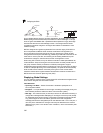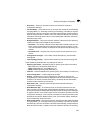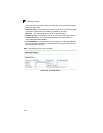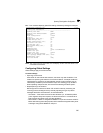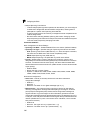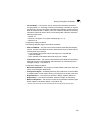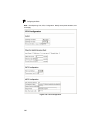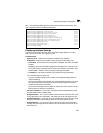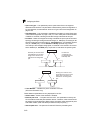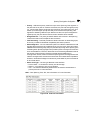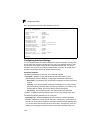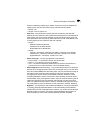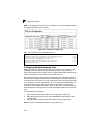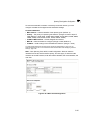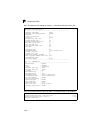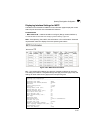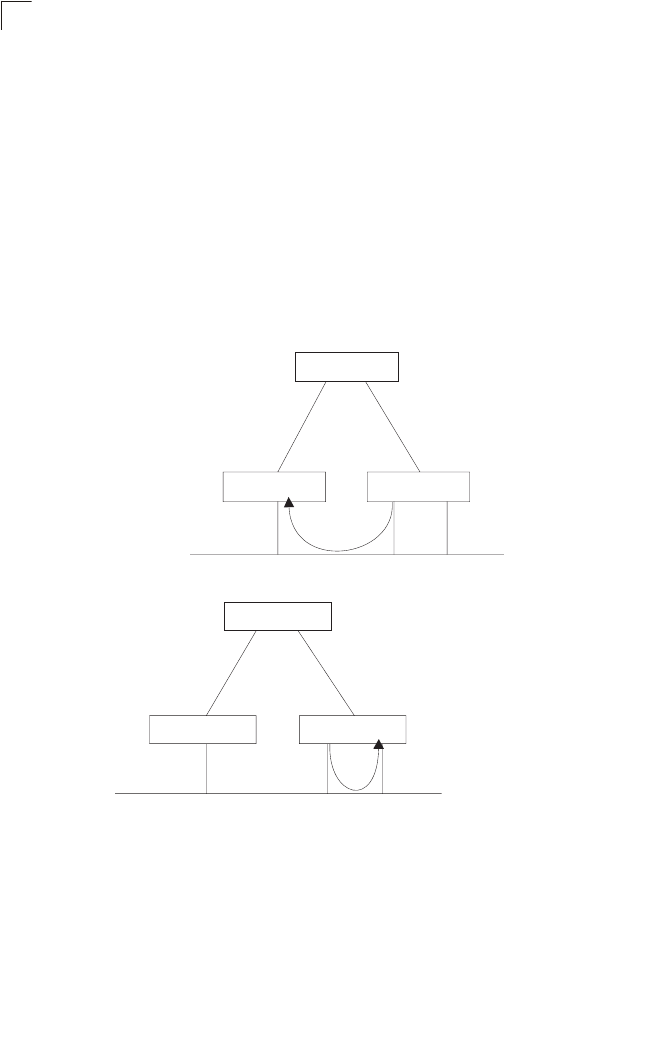
Configuring the Switch
3-100
3
• Oper Link Type – The operational point-to-point status of the LAN segment
attached to this interface. This parameter is determined by manual configuration or
by auto-detection, as described for Admin Link Type in STA Port Configuration on
page 3-102.
• Oper Edge Port – This parameter is initialized to the setting for Admin Edge Port
in STA Port Configuration on page 3-102 (i.e., true or false), but will be set to false
if a BPDU is received, indicating that another bridge is attached to this port.
• Port Role – Roles are assigned according to whether the port is part of the active
topology connecting the bridge to the root bridge (i.e., root port), connecting a LAN
through the bridge to the root bridge (i.e., designated port), or is the MSTI regional
root (i.e., master port); or is an alternate or backup port that may provide
connectivity if other bridges, bridge ports, or LANs fail or are removed. The role is
set to disabled (i.e., disabled port) if a port has no role within the spanning tree.
• Trunk Member – Indicates if a port is a member of a trunk.
(STA Port Information only)
These additional parameters are only displayed for the CLI:
• Admin status – Shows if this interface is enabled.
• External path cost – The path cost for the IST. This parameter is used by the
STA to determine the best path between devices. Therefore, lower values should
be assigned to ports attached to faster media, and higher values assigned to ports
with slower media. (Path cost takes precedence over port priority.)
• Internal path cost – The path cost for the MST. See the proceeding item.
Alternate port receives more
useful BPDUs from another
bridge and is therefore not
selected as the designated
port.
x
R: Root Port
A: Alternate Port
D: Designated Port
B: Backup Port
RR
ADB
Backup port receives more
useful BPDUs from the same
bridge and is therefore not
selected as the designated
port.
x
RR
ADB



